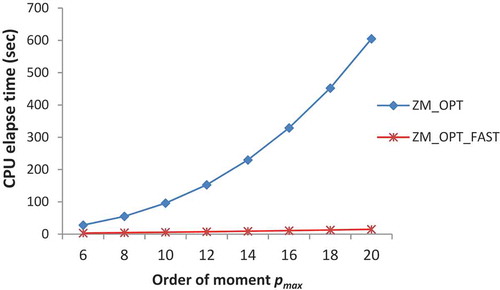Figures & data
Figure 1. Sample images of three DBs (a) MNIST (Roman numerals), (b) Gurumukhi characters (GurChar), and (c) Gurumukhi numerals (GurNum).

Figure 2. (a) Recognition rate (%) versus moment order for MNIST DB using inner unit disk mapping. (b) Recognition rate (%) versus moment order for MNIST DB using outer unit disk mapping.
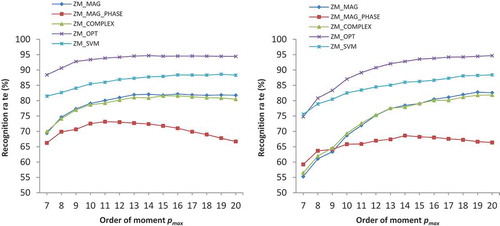
Figure 3. (a) Recognition rate (%) versus moment order for GurChar DB using inner unit disk mapping. (b) Recognition rate (%) versus moment order for GurChar DB using outer unit disk mapping.
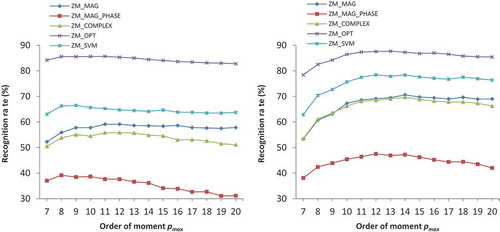
Figure 4. (a) Recognition rate (%) versus moment order for GurNum DB using inner unit disk mapping. (b) Recognition rate (%) versus moment order for GurNum DB using outer unit disk mapping.
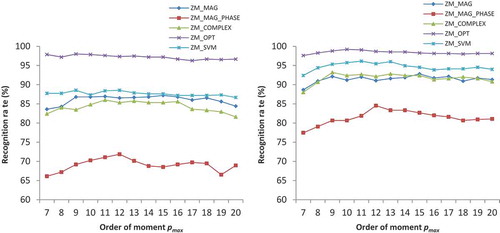
Table 1. Recognition rates (%) for three DBs for inner and outer unit disk mappings.
Table 2a. Recognition rates (%) for rotated Roman numerals (MNIST DB) using inner unit disk mapping.
Table 2b. Recognition rates (%) for rotated Roman numerals (MNIST DB) using outer unit disk mapping.
Table 3a. Recognition rates (%) for rotated Gurumukhi characters (GurChar DB) using inner unit disk mapping.
Table 3b. Recognition rates (%) for rotated Gurumukhi characters (GurChar DB) using outer unit disk mapping.
Table 4a. Recognition rates (%) for rotated Gurumukhi numerals (GurNum DB) using inner unit disk mapping.
Table 4b. Recognition rates (%) for rotated Gurumukhi numerals (GurNum DB) using outer unit disk mapping.
Table 5a. Recognition rates (%) for MNIST Roman numerals DB at different noise densities.
Table 5b. Recognition rates (%) for Gurumukhi characters DB at different noise densities.
Table 5c. Recognition rates (%) for Gurumukhi numerals DB at different noise densities.
Table 6. CPU elapse time (in sec) for training and testing on three DBs for pmax = 12. The quantities in parenthesis represent the average time taken for one image.
Figure 5. Noise samples of three DBs at different noise densities. (a) MNIST Roman numerals, (b) Gurumukhi characters, and (c) Gurumukhi numerals.
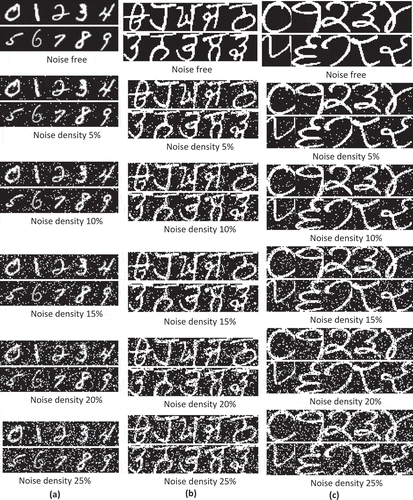
Figure 6. Comparison of CPU elapse time taken by a naïve implementation of ZM_OPT and its proposed fast method.
